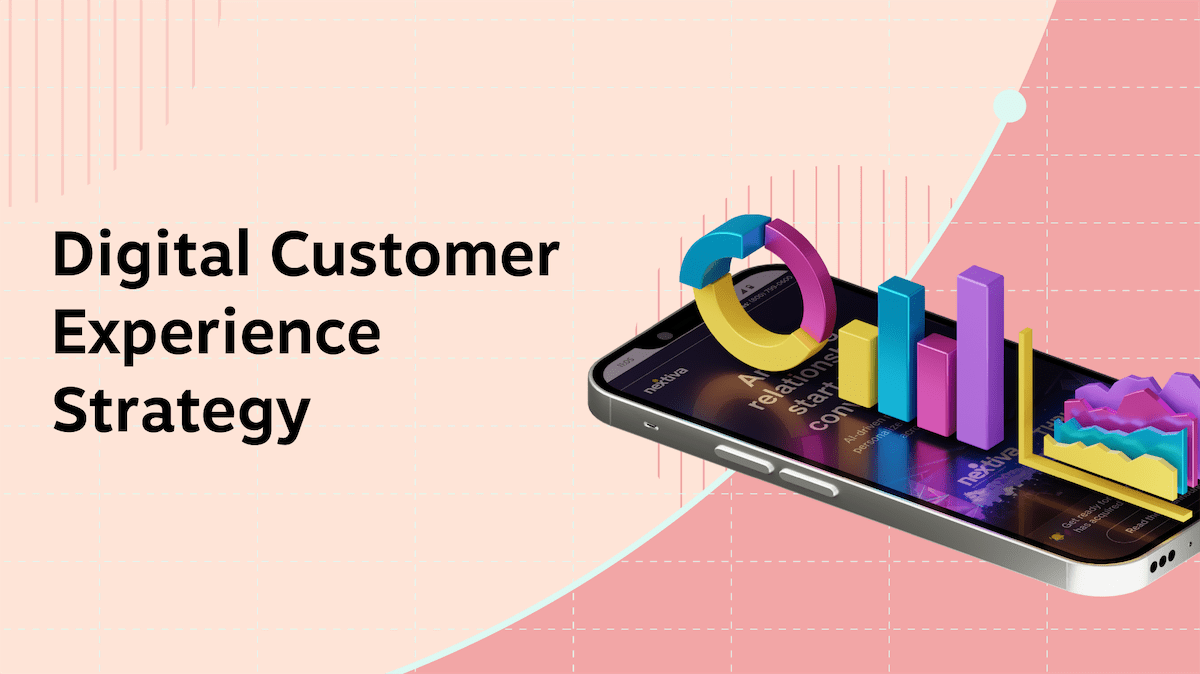3 Ways CMOs Can Use Customer Voice to Build Brands

This was initially released in Adweek.
1 of the most significant things I have done as an government is to relentlessly aim on comprehension the buyer, even past classic exploration. In my present position as CMO, I place time on my calendar to read through my company’s assessments when a 7 days and satisfy with clients any opportunity I get. When I led a solution team, I established a team of our most vocal critics and asked them to give us responses as we ended up establishing the presenting. When I was at an advert company, I reviewed a social media dashboard each individual morning to see what my clients’ prospects have been expressing. And when I labored in video recreation advertising, I failed to just appear for on the web chatter from gamers—I ran emphasis teams while simultaneously taking part in the games with them. And nevertheless, as I seem back on my job, I’m however persuaded that I could have carried out even additional and it would have paid dividends.
These compact-but-crucial ways of “checking in” are just the tip of the iceberg for understanding what we marketers contact “customer voice” and using it for the necessary factors, these as intelligence, segmentation, messaging and even product vision. Customer voice, by definition, describes your customer’s feed-back about their ordeals and expectations for your merchandise or companies. There are several strategies to capture buyer voice, these as consumer interviews, surveys, checking critiques, social media analytics, recorded phone calls, and measuring your brand’s web promoter score.
However, companies as well often get qualitative intelligence and effectively shop it in a box fairly than applying it as the lifeblood of their brands. When harnessed properly and consistently, purchaser voice is an outsized option for marketers to obtain competitive edge.
In this article are a few techniques to break it out of storage and place it to get the job done for your manufacturer:
Powering your go-to-marketplace method
Client voice must manual go-to-market system (GTM) for just about every new item or service introduction. It commences with zeroing in on who your buyers are and listening to what they worth and how your merchandise connect to that.
Truly listening to your consumers – their dreams, fears, and even the language they use – is an art that, accomplished perfectly, can inspire your marketing and advertising initiatives for a long time to occur.
For illustration, Slack’s executives brilliantly determined that e mail was not only time-consuming but also lacked engagement options for increasing income, promoting and solution groups. From the time it launched until eventually currently, the brand has listened to consumer responses to increase its item and electricity its advertising and marketing. For the latter, its entrepreneurs positioned Slack as a fun, simple-to-use, system that retains conversation uncomplicated and allows consumers, per its tagline, to “be significantly less occupied.” Founded in 2009, it now has extra than 10 million every day end users and is one particular of the most extremely-rated products and solutions on G2 with virtually 29,000 reviews.
Co-building solution and promoting activities
Consumer voice will be even much more crucial in the future yr or so because considerable customer privateness variations are afoot with Apple’s IDFA policy transform and cookies heading away just one world wide web browser at a time. These moves by key tech gamers seriously restrict advertisers’ capability to achieve the proper audiences, as effectively as measure campaign overall performance. To overcome these issues, brands need to co-make product and marketing and advertising ordeals with their consumers. The greatest approach of executing that, of system, is by empowering buyer voice. In a cookieless globe, the brand names that shine will be people that improve their personal audience, build platforms that empower sharing and collaboration, and scale communities of evangelists.
Salesforce, with its Trailblazers Local community of just about 2 million people, could be the most effective example of co-creating with customers. The manufacturer has a committed web site for its world-wide local community of advertising, income and tech buyers wherever they can exchange tips, shell out it ahead and build a route for others to adhere to. It is all about neighborhood, and this type of collaborative promoting, which makes online and offline phrase-of-mouth, is one of the wisest procedures of engaging shoppers.
Championing consumers in advertisements
Consumers are, potentially, the most effective advertising and marketing tactic you have not however attempted. B2C entrepreneurs can glance to Dove, Spotify and Bumble in the latest many years as they’ve manufactured their customers the stars of advertisements. These models hero their customers and their comments, recognizing that the “user” is the most trustworthy authority on why a brand and its products and solutions issue.
Although this technique is fewer widespread in B2B, B2B entrepreneurs may stand to benefit the most from a a lot more purchaser-centric technique. In a new study run by G2, only 38% of B2B software package customers trusted a company’s internet site the most, but 86% turned to peer critiques. At a time when buyer voice has by no means been a lot more seen and potent, it stands to explanation that the most thriving models will elevate their most loyal champions.
In these illustrations, client voice displays how significant the brand name is to daily buyers, instead than just telling the market that the brand name must be trustworthy. Further more, they display how brands that aim on buyer voice—across GTM, co-produced activities and advertising—are perfectly-positioned to build a legitimate flywheel effect. Jointly, they can establish extended-expression happy consumers that turn into advocates who bring in new shoppers.








